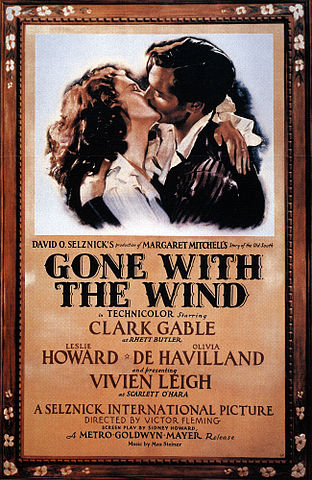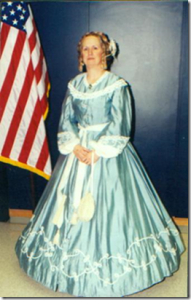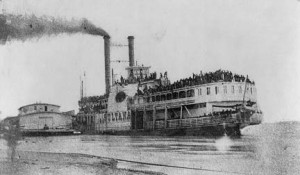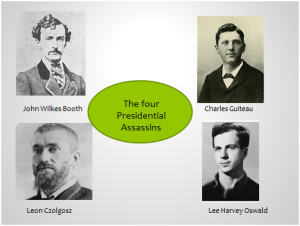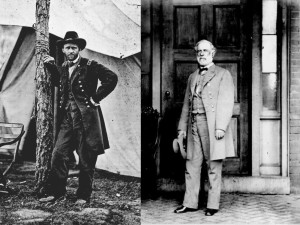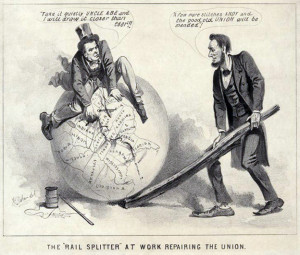John Zinn on “New Jersey Base Ball during the Civil War Era”
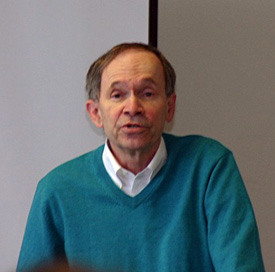 John traced the game’s origins in New Jersey and Philadelphia and pointed out prominent early teams and players. He also touched on the impact of the war on the game’s development in New Jersey and how the state’s soldiers brought the game to the battlefront. There was also a description of how the early game differed from today’s game, especially regarding rules and equipment.
John traced the game’s origins in New Jersey and Philadelphia and pointed out prominent early teams and players. He also touched on the impact of the war on the game’s development in New Jersey and how the state’s soldiers brought the game to the battlefront. There was also a description of how the early game differed from today’s game, especially regarding rules and equipment.
John Zinn is an independent historian with special interest in the history of baseball as well as the Civil War. He is the chairman of the board of the New Jersey Historical Society and was the chair of New Jersey’s Committee on the Sesquicentennial of the Civil War. John is the author of three books including two about the Brooklyn Dodgers as well as numerous essays and articles. He is currently working on a biography of Charles Ebbets, longtime owner of the Brooklyn Dodgers. John also writes a blog on base ball history entitled “A Manly Pastime.” He holds BA and MBA degrees from Rutgers University and is a Vietnam veteran. John is the score keeper for the Flemington Neshanock vintage base ball team. John lives in Verona, N.J. with his wife Carol.

